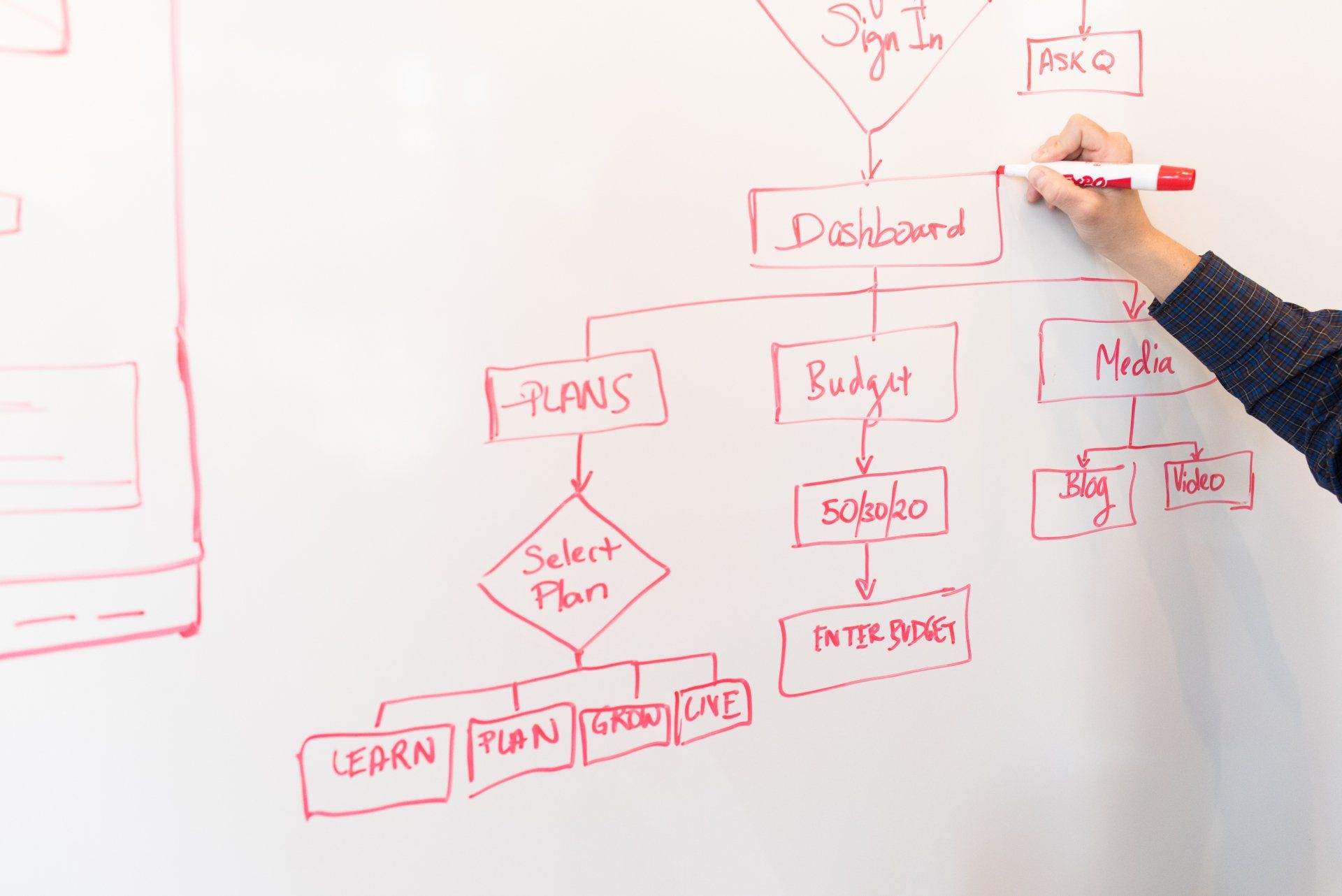Process Driven Architecture (PDA) is an architectural approach that prioritizes the process as the central focus of a software system. In a PDA approach, software design and implementation revolve around the business process and its underlying activities. By taking a process-centric approach, PDA aims to improve the efficiency and effectiveness of software systems, enabling them to adapt to changing business needs quickly.
In traditional software development, software systems are built around data entities or business objects. Developers define data models and relationships between data entities, and the application logic is built around the data model. While this approach works well in certain scenarios, it often falls short in supporting complex business processes that require a more dynamic and adaptive approach.
PDA, on the other hand, treats business processes as first-class citizens. It focuses on understanding the sequence of tasks, decisions, and activities that make up a business process and designs the software system around them. This means that the application logic is built to support the specific steps involved in a particular process, rather than the data entities that the process manipulates.
One of the key benefits of PDA is its ability to support process orchestration and automation. By modeling the business process explicitly, PDA enables developers to automate routine tasks and decision-making, reducing the likelihood of human error and freeing up valuable resources for more high-level activities. This, in turn, can lead to significant cost savings and improved operational efficiency.
Another advantage of PDA is its ability to support process optimization and continuous improvement. By explicitly modeling the process, developers can identify bottlenecks, redundancies, and inefficiencies in the process and work to eliminate them. This leads to a more streamlined and efficient process, which can help organizations stay competitive in an ever-changing business landscape.
Implementing PDA requires a different mindset and set of skills compared to traditional software development. Developers need to have a deep understanding of the business process they are modeling and be able to translate that understanding into a software system that can automate and support the process. They also need to have experience with process modeling tools and techniques and be comfortable working with workflow engines and other process automation technologies.
In conclusion, Process Driven Architecture is a powerful approach to software design that prioritizes the business process as the central focus of a software system. By treating business processes as first-class citizens, PDA enables developers to create software systems that are more efficient, adaptable, and capable of supporting complex business processes. As organizations continue to look for ways to optimize their processes and stay competitive in a rapidly changing business environment, PDA is likely to become an increasingly important tool in their arsenal.
Stay up to date with our latest workflow management tips, and check out our business process management system to learn more!







